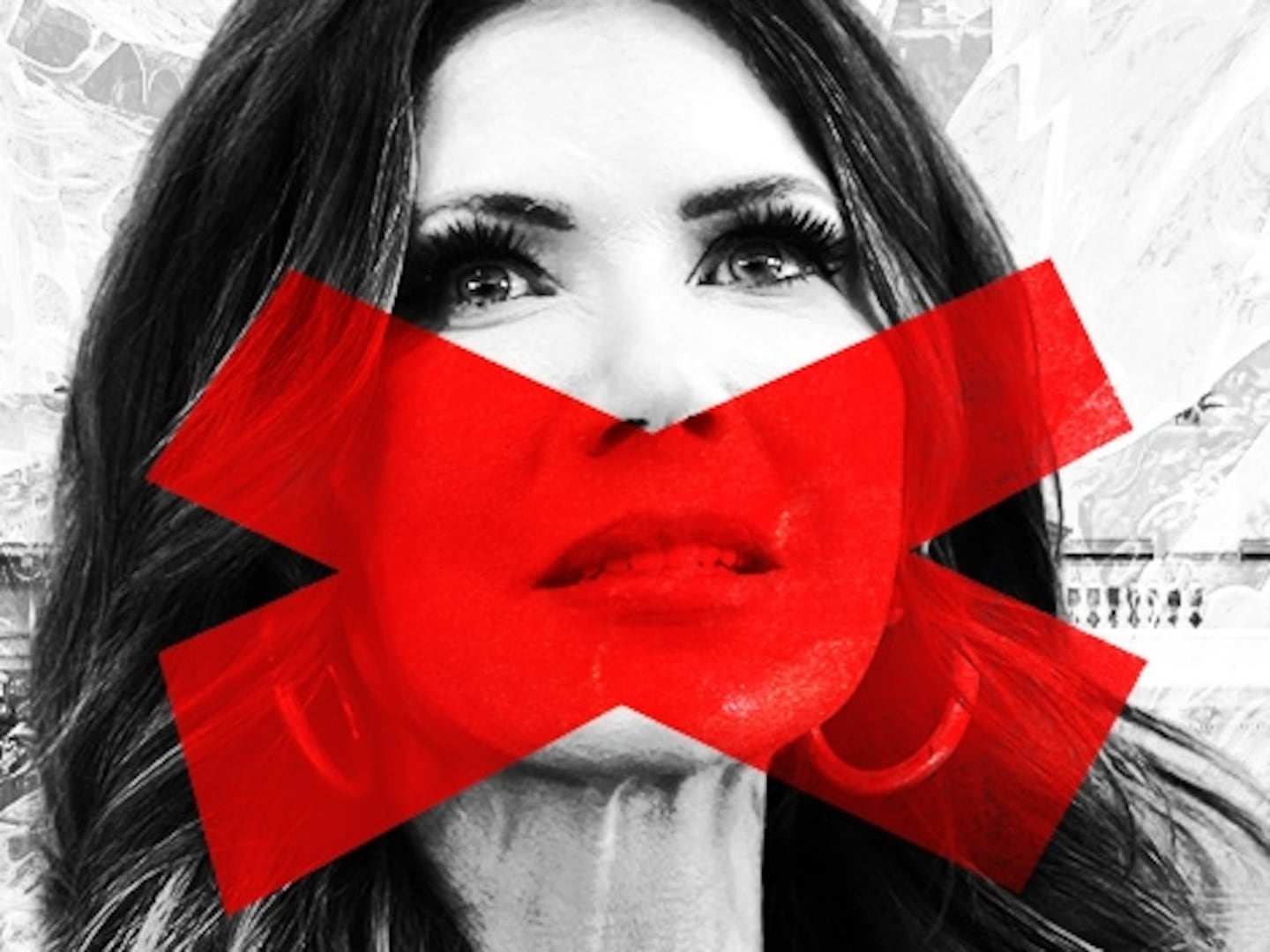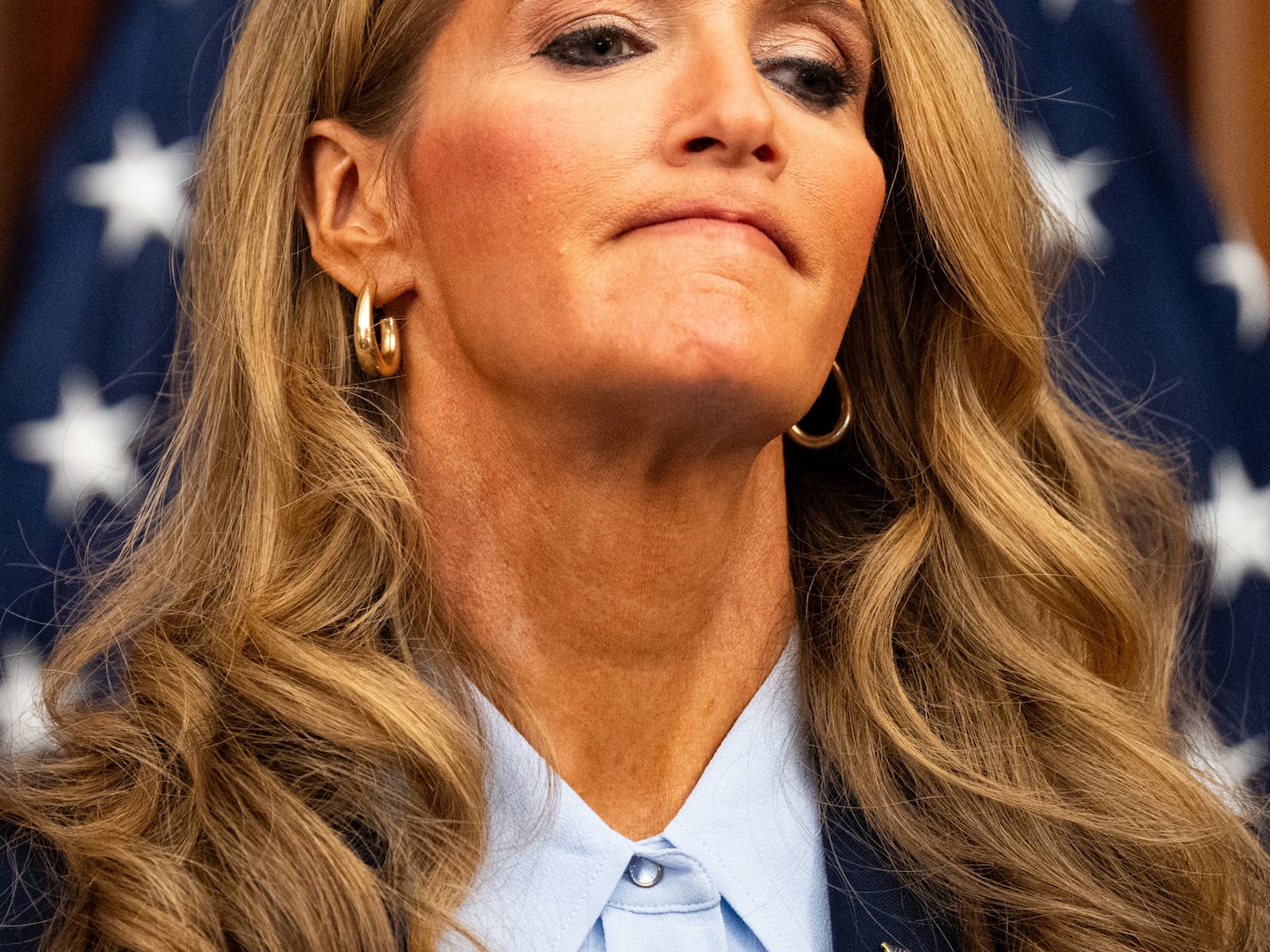In late 1942, Miss Gene Grabeel was dying of boredom in Madison Heights, a small town next to the little city of Lynchburg, Virginia. She was 22 years old, a graduate of Farmville State Teacher’s College, and had landed a job at the local high school teaching home economics, which included disciplines like cooking and sewing and other housewifely duties. Madison Heights felt like it was the middle of nowhere, a place best known in those days as home to an institution called the Virginia State Colony for Epileptics and Feebleminded.
By the end of 1942, a year after Pearl Harbor, the United States had been completely mobilized for war. With men deployed around the world to fight the Germans and the Japanese, women were given opportunities in the U.S. workforce, and even working for the military, that they’d never had before. Recruiting centers were set up in heartland towns like Lynchburg, where a young Signal Corps officer, Lt. Pasvo Carlson, was dispatched to “troll for civilian female volunteers,” as Howard Blum wrote in his recent history of the era’s code breakers, In the Enemy’s House.
The lieutenant promised women who were college graduates work near Washington D.C., with a starting salary of $1,800 a year plus Saturday bonuses, much more than a schoolteacher’s salary. But he offered no description of the job itself. None whatsoever. Top secret, he said.
Sounded good to Grabeel, whose father gave her permission to head north and “push some papers around” for the next few months.
She would stay on the job for the next 36 years, working on what one British spy called “the greatest counterintelligence secret in the Western world,” first dubbed “The Blue Problem,” and then “VENONA”: the breaking of the Soviet code. Or, more precisely, parts of it.
“VENONA was the most terrible secret of all; it was incomplete,” Peter Wright, a former assistant director of Britain’s MI5 counterintelligence operations, wrote in his 1985 book Spycatcher. The unauthorized memoir, which the British government worked hard to suppress before its publication in 1987, was the first public use of the project’s code name. A decade before the existence of the program was officially acknowledged and some of its contents declassified, Wright described in vivid detail how VENONA worked, the impact it had, and some of the problems it created.
Grabeel‘s work and that of the growing team she was part of in the late 1940s, led by the brilliant linguist and mathematician Meredith Gardner, would contribute mightily to the exposure of Soviet spies who had stolen American nuclear secrets.
But some, including Gardner, had regrets. Wright met him in the early 1960s: “a quiet, scholarly man” who “felt very keenly that the cryptanalytical break he had made possible was a thing of mathematical beauty, and he was depressed at the use to which it had been put.”
Amid the anti-communist hysteria that erupted after the Soviets exploded an atomic bomb in August 1949—thus ending America’s monopoly on the apocalypse—VENONA implicated hundreds of people as potential spies, many were arrested, some were executed, and many who were innocent of espionage nonetheless had their lives and careers destroyed.
Gardner would say of the decryption project, with a kind of naive sweetness, “I never wanted it to get anyone in trouble.” Wright tells us that in Gardner’s mind, “VENONA was almost an art form, and he did not want it sullied by crude McCarthyism.” But by the 1960s it was far too late for such second thoughts.
The problem that Gene Grabeel was first asked to address, and Gardner eventually took on as the war ended and the importance of his work on German and Japanese codes subsided, was what to do with tens of thousands of encrypted Soviet telegrams intercepted between 1942 and early 1946.
When Grabeel started work at the Arlington Hall code-breaking center, housed in a former women’s junior college just outside Washington, the Soviets were crucial allies in the fight against the Nazis and many in the West considered it bad form to spy on them. In Britain, according to Wright, Prime Minister Winston Churchill “had ordered all anti-Soviet intelligence work to cease during the wartime alliance.”
But Col. Carter W. Clarke, the deputy chief of the U.S. Military Intelligence Service who was running the show at Arlington Hall, was suspicious of the Soviets and wanted to know what they were up to in America. His problem: lack of resources. He assigned Grabeel and a Russian-speaking lieutenant, two newcomers, to do what they could with the huge and growing backlog of Soviet intercepts.
Moscow Center, the heart of Soviet espionage, had used a system that should have been unbreakable: first encoding messages in four-number batches, then using specially issued “one-time pads” to code the code again. There were supposed to be only two copies of each pad: one for the sender in the field, and one at headquarters in Moscow Center. After a page on one of these pads was used to send a message, it was destroyed, ending any prayer of decryption by outsiders. As Blum writes in his book, “The Soviet cryptologists had, in effect, locked the door once; then locked it again; and, finally, just to be sure no one could get in, they threw away the key.”
All that Grabeel and her colleagues could do at first was try to sort the traffic by its point of origin, which might suggest it was either for trade or for diplomatic correspondence. Eventually, as the end of the war approached, experienced cryptanalysts were moved onto the VENONA team, and one, Lt. Richard Hallock, a former archeology student who had translated texts from Babylonian dialects, searched the traffic methodically for repetitions of number sequences. There should be none because of the one-time pad encryption, but, still he tried. And then, there they were. Just a handful, but a clear indication that some one-time pads were being used more than once.
As Blum reports, in the desperate days when the Soviet capital was under siege in 1941 and the towers of the Kremlin in sight of German binoculars, Moscow Center had started churning out and distributing triplicate copies of "one-time" pads. Then, at the end of the war in 1945, a special team from U.S. military intelligence scouring Germany found a partially burned Soviet code book the Nazis had obtained, but had not been able to exploit. Using these clues, and working with an early IBM punch-card computer, plus a rapidly growing team of researchers, many of them women, Meredith Gardner achieved the first huge breakthrough on the VENONA project some months after he was transferred there in January 1946.
When the Soviets were communicating in Russian, their code was impenetrable. But when they had to transmit an unfamiliar name or concept, they spelled it out coded letter by coded letter. And to signal to the recipient what they were doing, they would write “spell” at the beginning of a word or phrase, then “endspell” when they’d finished it.
By identifying where these spell/endspell prompts appeared, and focusing on the code in between, Gardner was able to start breaking down the encryption and building a rough picture of the Soviet code book. But the process was a little like filling in the blanks on Wheel of Fortune; if there are clues about the subject, and the phrase is familiar, it is easier to glean the whole text. Trying to find and develop that "collateral" information fell to the Federal Bureau of Investigation.
Only after months of work did Gardner finally manage to pull a message into the clear, one from 1944 mistakenly predicting that Franklin Roosevelt would win the popular vote but lose in the electoral college. (Russian interest in American elections goes way back.)
Meanwhile, what had been desultory monitoring of potential Soviet activities got a major push in early 1946 after the defection of a cipher clerk, Igor Gouzenko, working at the Soviet embassy in Ottawa, and the confessions of an American woman, Elizabeth Bentley, working as a courier for a Soviet spy network. Both outlined massive Soviet espionage operations against Moscow’s supposed allies throughout the war, especially against the United States, with nuclear secrets the priority.
As bits and pieces of the Soviet cable traffic from years past came to light, Gardner and his team were discovering dozens of names and, more often, code names that suggested Soviet penetration agents were embedded deep in the American government and scientific community.
One after another, when possible, the guilty parties were tracked down. But did mention of your name make you a guilty party? And how reliable was the analysis that linked a code name to the the identity of a specific person?
The manic pursuit of communists led by FBI Director J. Edgar Hoover, Rep. Richard Nixon and Sen. Joseph McCarthy at the end of the 1940s and in the early 1950s had social and political aftershocks that lasted for decades. But the role of the VENONA intercepts and decryptions were never revealed to the public. And after they were in 1995 and 1996, one of the Central Intelligence Agency’s in-house historians criticized the decision to keep a lid on VENONA for so long, suggesting the proofs they held actually laid to rest many conspiracy theories.
“The Venona cables could have been released well before the 1990s, it appears in retrospect, without damaging national security,” wrote John Ehrman on the CIA website. “A Soviet agent within the Army Security Agency, William Weisband, had told Moscow of the Venona decryption program during the late 1940s. The United States learned of Weisband's activities in 1950, by which time the Soviets had closed down or lost many of their US networks.”
Actually, it was worse than that. At least one other very highly placed spy had direct access to the VENONA operation, even looking over Gardner's shoulder as he worked. And contrary to Ehrman’s evaluation of the VENONA cables 20 years ago, their release did not end the debate about what they actually proved.
As Peter Wright pointed out in Spycatcher, “incomplete” hardly begins to describe the holes in the records the VENONA codebreakers worked on, and the release of some 2,900 of the decoded, deciphered and translated cables, while it sounds like a lot, was a tiny fraction of the traffic intercepted. Eventually, the National Security Agency (NSA) in the United States, and the Government Communications Headquarters (GCHQ) as well as MI5 in the U.K. got in on the act, trying to find information about Soviet activities that could help the code breakers. “For years [they] employed teams of researchers scouring the world searching for ‘collateral,’” Wright tells us. “But despite the effort less than 1 percent of the 200,000 messages we held were ever broken into, and many of those were broken only to the extent of a few words.”
Amy Knight, author of How the Cold War Began, notes, “Venona must be treated with caution by historians.” While some cables seemed to confirm the guilt of Soviet spies, might there be others that established their innocence? With as much as 99 percent of the traffic unknowable, that is hard to say. And the brief opportunity to examine classified Russian intelligence traffic that opened up in the early 1990s has been shut down long since by former KGB operative and current Russian President Vladimir Putin.
In forthcoming Cloak and Dagger articles we’ll look at three code names: LIBERAL, who funneled important information about the American nuclear program to the Soviets; ALES, whose identity is being debated to this day; and STANLEY, the spy who used to look over Meredith Gardner's shoulder.
POST SCRIPT: A selection of the VENONA translations can found here on the CIA website.








